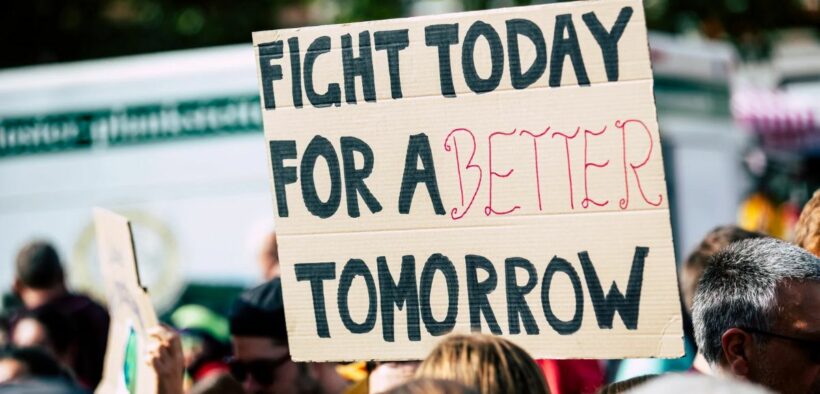Around the world and at home in Australia, women are bearing the brunt of the significant and long-term impacts of climate change. The UN estimates that women comprise 80% of people displaced by climate change and a key driver of inequality, domestic violence, can escalate in the wake of large-scale disasters. Yet only around two per cent of philanthropic giving in Australia is directed to the environment and climate change, and less than one per cent of international philanthropic funding supports girls’ and women’s environmental action and protection.
It’s why we’re encouraging people in a position to give philanthropically to see that action on climate is inextricably linked with other issues they care about, like gender equality. Better outcomes for women and better outcomes for our climate go hand in hand, so it’s time to apply a climate lens to the future you are seeking to create.
There are philanthropists already leading the way in this respect, some of whom we spotlight in our recently released Climate Lens tool, which outlines the many ways people can consider the impacts of climate change in their giving.
Tash Keuneman is one such thoughtful funder. A nature lover at heart, Tash had funded a lot of conservation work, “but I realised, it’s not just individual animals that are going to suffer [from climate change impacts such as floods, bushfires and heatwaves]— it’s going to be everything and everyone else as well”. She decided to take a different approach, one that aims to slow down and reverse these impacts.
In my role at the Australian Environmental Grantmakers Network, I come across established and budding philanthropists every day who want to do more for the climate but struggle with taking their first steps. There is a growing interest and nervousness about ensuring every invested dollar actually makes an impact, mixed with the reality that this is an urgent issue that cannot wait to be actioned.
Whether you have been investing in climate action for decades or are looking for how to take that first step, here are a few ways to consider applying a climate lens to gender equality efforts:
- Fund physical and mental health support that is tailored to women and gender-diverse people facing climate impacts like floods, bushfires and droughts, including for several years post-event.
- Support skills, training and employment programs including preparing women and gender diverse participants for employment in the burgeoning and diverse clean economy.
- Support professional development programs for women to provide greater climate leadership within their organisations and sectors.
- Ensure funding for crisis accommodation or affordable housing meets high energy efficiency and building standards.
- Involve women and girls in philanthropic decision-making and seek gender equity in your organisation at all levels.
- Ask organisations you already fund how climate change is affecting (or will affect) them and if they need support to adapt.
We already know that climate action cannot wait. The mindset shift required now is to recognise the various ways everyone can act and give towards the climate movement, including supporting women and causes that put the needs of women at the centre of climate action. The more we can recognise and address the intersecting impacts of climate change, the faster we will see meaningful outcomes.
Amanda has worked in philanthropy for over 20 years, having worked as Executive Officer for the Poola Foundation for four years before helping to establish the AEGN in 2008. After years of participating in and helping with social and environmental change, Amanda believes that a key ingredient to making the world a better place is smart and strategic community groups working with smart and strategic philanthropy.
She has a background in biodiversity and protected area advocacy and management, working in both the public and community sector. Previously, Amanda was the Executive Officer of the Victoria National Parks Association, and the Head of Policy and Planning at Parks Victoria. She is also a trained and skilled facilitator of groups and regularly uses this in her current role. She has a degree in Zoology and post-graduate qualifications in Environment Studies.
























































































































































